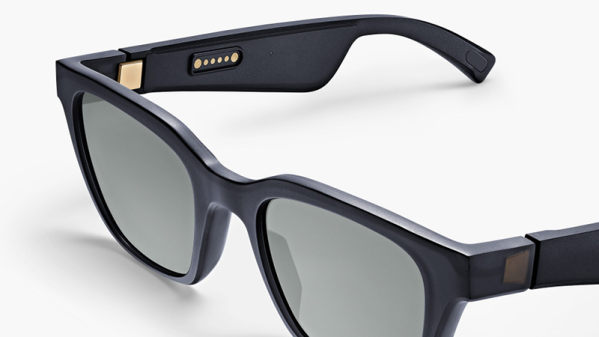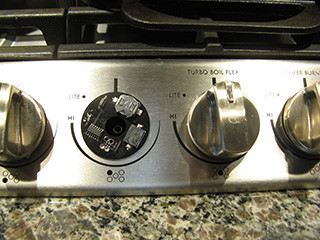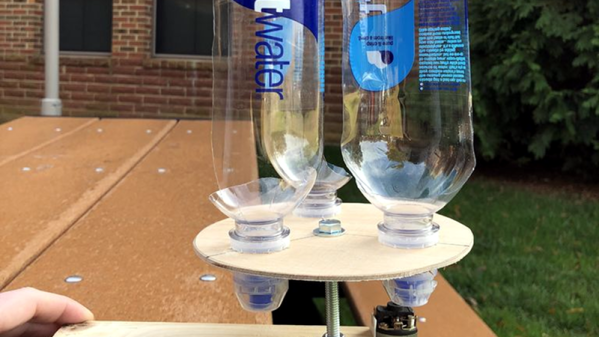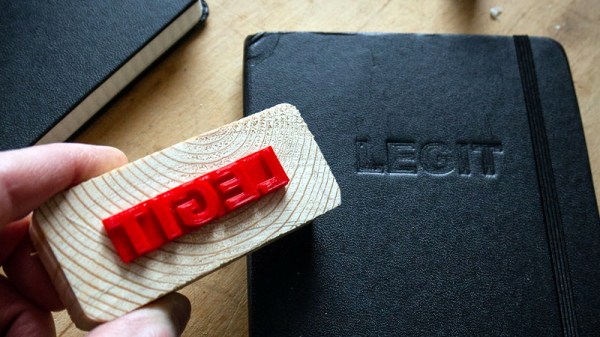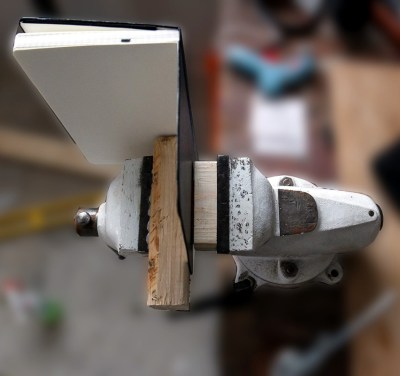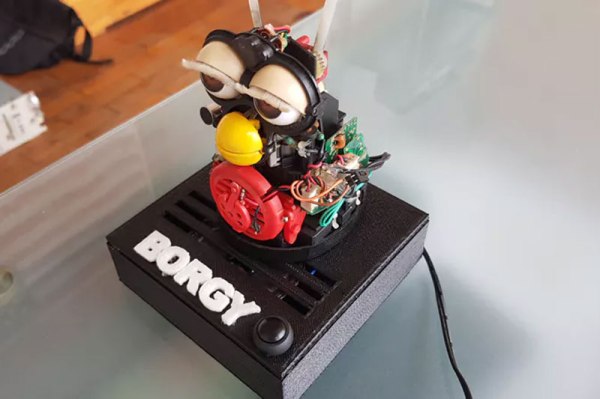SpaceX launched a rocket this week, and things did not go as planned. The hydraulics on the grid fins were stuck when the first stage started its atmospheric recovery, and the booster became a fish. The booster landed about a mile or so offshore, which meant we got some great footage of a failed landing, and there are even better shots of the guts of a landed booster. [Scott Manley] whipped out a video showing the ‘new’ discoveries of what’s going on inside a Falcon 9 booster. Interestingly: the weight of the upper stage is carried through the thrust plate of its engine (which makes sense…). There’s a lot of pneumatic stuff going on, and while the composite interstage is very strong along the long axis of the rocket, it doesn’t like being slammed into the ocean.
Winter is coming, and that means you should take your car out during the first snow, drive out to an empty parking lot, and do donuts. I am not kidding this is how you learn to drive in the snow. How do they do it in Russia? They weld 3000 nails to a steel wheel. Does it work? For a while, then the nails bend. We’ve seen this done by drilling screws through a tire, and that works much better; it’s less length for the screws to fulcrum over.
Aaay, we got a date for Sparklecon! It’s February 1-3rd in the endless suburban wastes of Fullerton, California. It’s in an industrial park, there’s a liquor store around the corner, and there’s a remote-controlled couch. Get on it.
Do you wish you had a hassle-free and affordable way to get scorpions delivered straight to your mailbox? Enter Dollar Scorpion Club. Dollar Scorpion Club makes a great gift for all ages. Just enter your friend’s shipping address during checkout, and the extra-special scorpion supply chain management will mean your scorpions are delivered fast to their door.
Regular Car Reviews finally reviewed a Pontiac Aztek. The takeaway is that it’s a bug-out car for Boomers, designed in that episode of The Simpsons where Homer finds out he has a brother.
Want to see something weird? It’s a G3 iMac running Windows 8. This is… weird. Either someone is doing a remote desktop into a Windows 8 machine, someone is just using screenshots, or this machine is way cooler than the craigslist seller is letting on. If you’re in Dallas, it might be worth picking this up.


